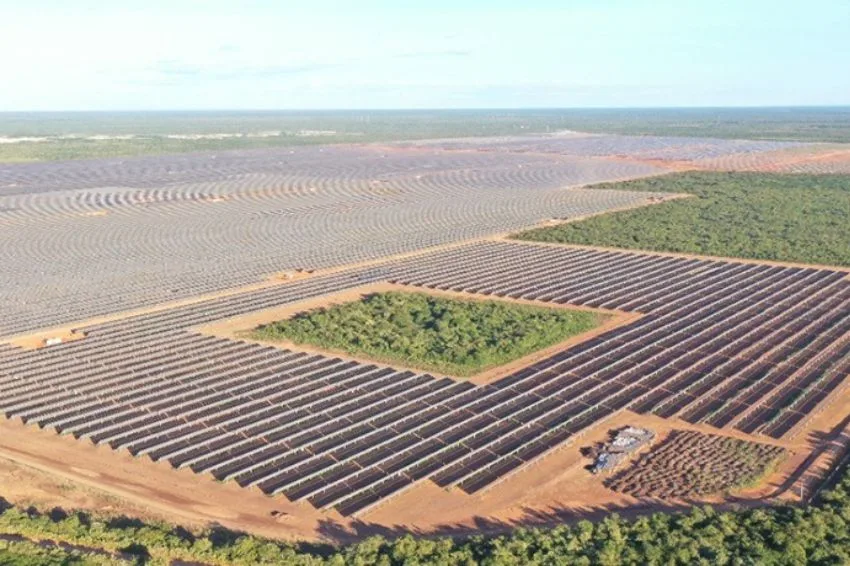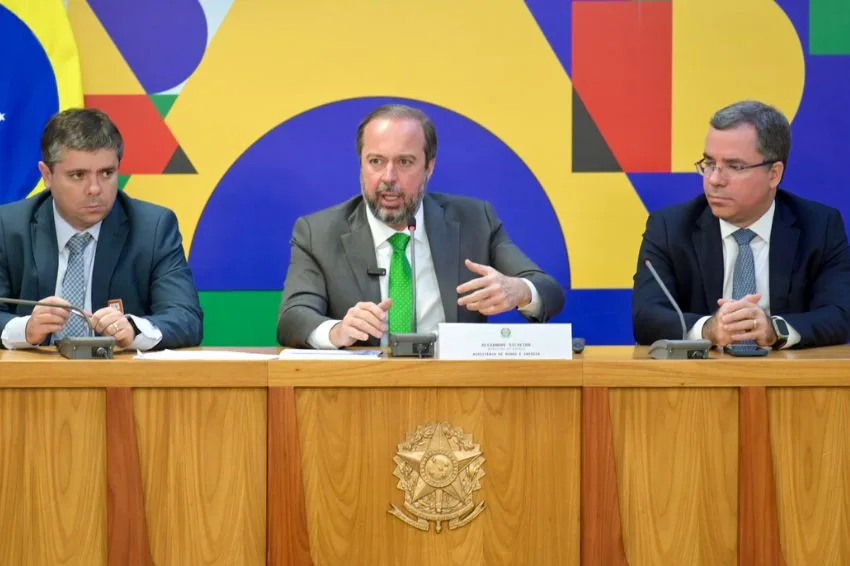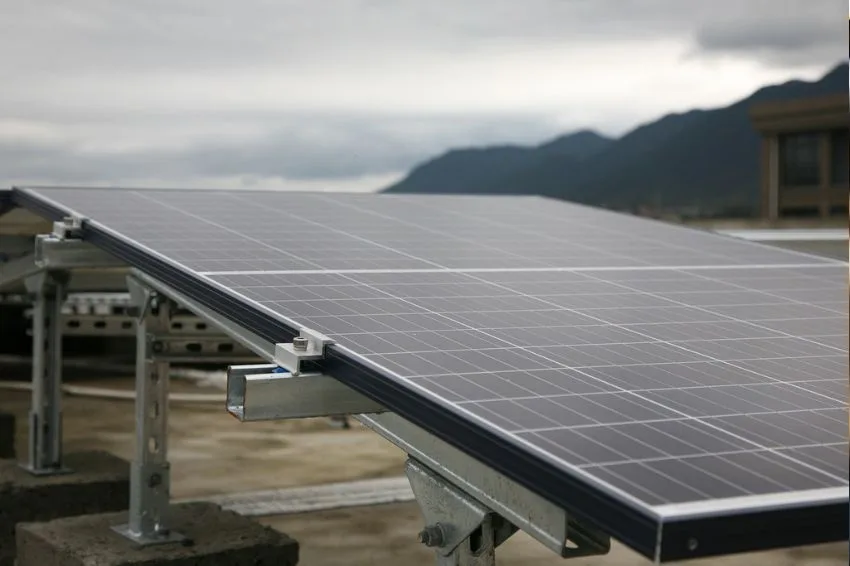O MME (Ministry of Mines and Energy) announced that the Transmission Line – LT 500 kV Xingu – Serra Pelada – Miracema/Itacaiúnas went into operation this week.
The structure, belonging to the company New State Energy Transmission, from the ENGIE Brasil Energia, has 500 thousand V and will connect the Xingu substation, close to the Belo Monte plant, to two substations: Itacaiúnas, in the east of Pará and Miracema, in the state of Tocantins.
The section will allow for an increase of up to 1,400 MWmed (1.4 GWmed) The capacity to flow wind and solar energy between regions, mainly between the North and Northeast to the Central-West and Southeast.
“We have completed one of the most important transmission works electricity. There are more than 1,800 km of lines that will add reliability and energy security to our country, transporting clean and renewable energy produced in the North and Northeast to the rest of Brazil”, said Alexandre Silveira, Minister of Mines and Energy.
In total, 1,831 km of 500,000 V transmission lines were built, which required 3,634 high voltage towers, crossing 24 municipalities. R$ 3.2 billion was invested in the project.
In the view of Gentil Nogueira, Secretary of Electric Energy, the structure will allow improving and enhancing the operations of the SIN (National Interconnected System).
“During the rainy season, for example, the transmission line will contribute to expanding the flow capacity of HPP Belo Monte and, during the period of low flow of the Xingu River, it will increase the flow of energy produced by wind and solar plants in the northeast. Brazilian”, he explained.
In addition to the implementation of transmission lines, a new energy substation was also built and three others were expanded. This last energized segment runs through six cities in the south of Pará (Anapu, Pacajá, Novo Repartimento, Itupiranga, Marabá and Curionópolis).

















